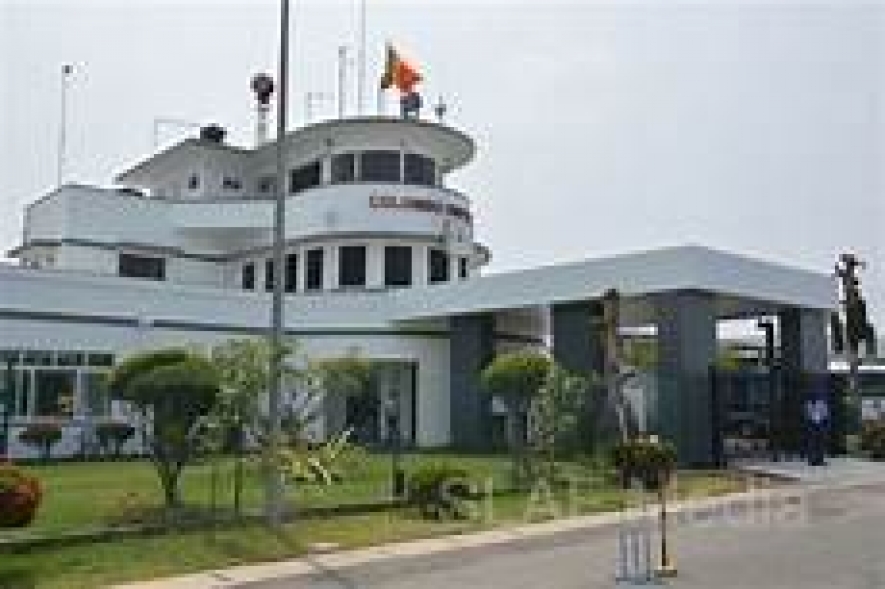“I don’t think that there will be huge traffic in the regional airport but we are aware of its potential demand. That’s why we have decided to undertake the development of the airport phase by phase,” he said. According to Mr Nimalsiri, though the feasibility studies have been concluded, the allocation of funds is yet to be worked out.
A proposal formulated by the CAASL with inputs from the Air Force also recommended that the phase-based development would ensure fair return on huge investment for infrastructure development. The report also indicated that initially the airport could be upgraded to handle minimum of two medium commercial jets such as A320, A 321, B737 type aircraft which could carry 150-180 passengers.
In 2010, the Indian government had agreed to provide assistance to develop the Palaly airport and an understanding was reached on the subject in a joint declaration by both countries. Preliminary studies were carried out by a technical team from the Airports Authority of India (AAI) and its recommendations were handed over the Civil Aviation Authority of Sri Lanka. It was estimated that the cost of the project would be about US$ 109 million (Rs 11,312 million). It was to be completed in three and half years.
The CAASL’s decision to use its own funds to develop the airport comes as the government revived talks with relevant Indian authorities to develop the airport using the Indian grant as agreed earlier. Northern Province Chief Minister C.V. Wigneswaran wrote to the CAASL in June amidst public concerns raised over possible civilian land acquisition if the project was to be implemented.
He pointed out that legally acquired 349 acres of land currently under the control of the Air Force should be returned to the CAASL and if more land was needed, necessary step could be taken based on feasibility studies. However, the CAASL feasibility study said that further land acquisition was not required since there was no need to extend the runway.




















